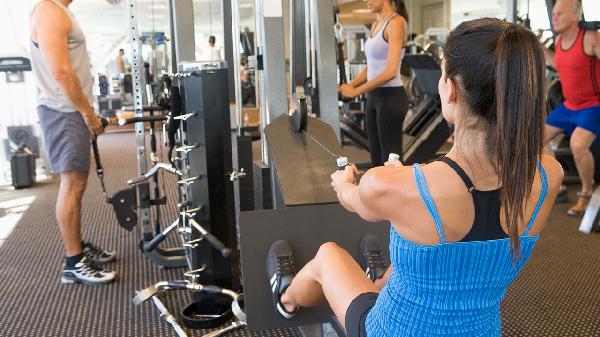If you’ve ever felt lost in the sea of nutrition advice—carbs are bad, no wait, fats are the enemy, actually protein is king—you’re not alone. Figuring out your ideal macronutrient balance can feel like solving a Rubik’s Cube blindfolded. But here’s the good news: A macro calculator for women takes the guesswork out of the equation, helping you dial in the right mix of protein, fats, and carbs for your unique body and goals.

Why Macros Matter for Women
Macronutrients—protein, fats, and carbohydrates—are the building blocks of your diet. They fuel everything from your morning workouts to your brainpower at work. But women’s bodies have different needs than men’s, thanks to hormones, metabolism, and body composition. Skimping on the wrong macro can leave you feeling sluggish, hangry, or stuck in a fitness plateau.
A well-balanced macro split supports energy, muscle recovery, and even hormone regulation. So whether you’re aiming to lose weight, build strength, or just feel your best, nailing your macros is key.
How to Use a Macro Calculator
A macro calculator isn’t some magic 8-ball, but it’s pretty close. You’ll plug in details like your age, weight, height, activity level, and goals (fat loss, maintenance, muscle gain). The calculator then crunches the numbers to give you a personalized macro breakdown.
Here’s the lowdown on what each macro does:
Finding Your Sweet Spot
There’s no one-size-fits-all macro ratio. A woman training for a marathon will need more carbs than someone following a keto plan. Meanwhile, a new mom balancing sleepless nights and workouts might need extra protein to recover.
Start with the calculator’s recommendations, then tweak based on how you feel. If you’re constantly drained, maybe up those carbs. If hunger hits hard, add more protein or fats. Your body will give you signals—listen to them.
Common Macro Mistakes to Avoid
Even with a calculator, it’s easy to slip up. Here’s what to watch for:
Making Macros Work in Real Life
Tracking macros doesn’t mean obsessing over every gram. Apps like MyFitnessPal or Cronometer can help, but don’t stress over perfection. Meal prepping with balanced plates (think: grilled chicken, quinoa, and roasted veggies) keeps things simple.
And remember—flexibility is key. A slice of pizza won’t ruin your progress if 80% of your diet is on point.
Final Thoughts
A macro calculator is your nutrition GPS, guiding you toward better energy, performance, and overall health. But it’s not set in stone—adjust as you go, and most importantly, enjoy the process. Because when food feels good and fuels you right, that’s the real win.
























